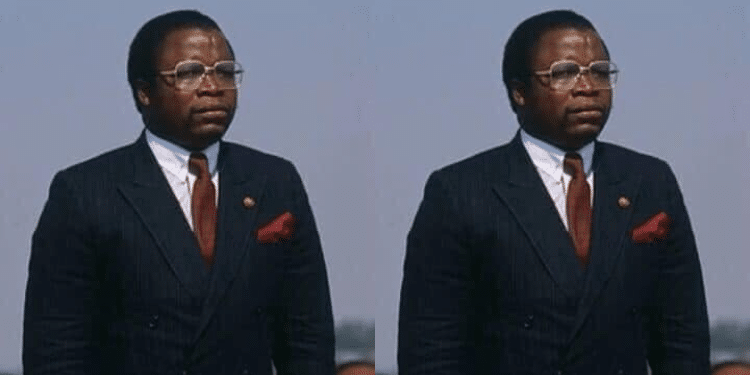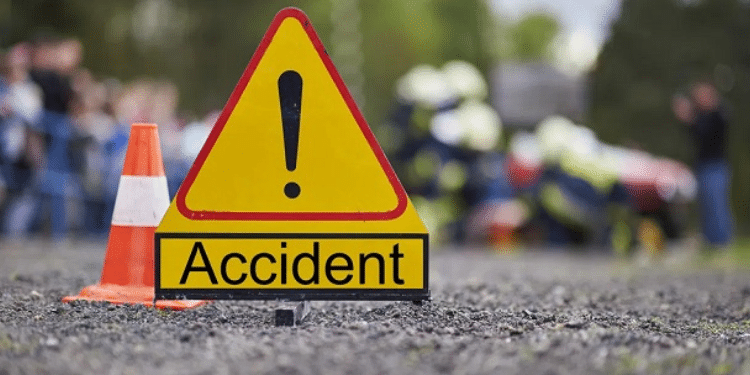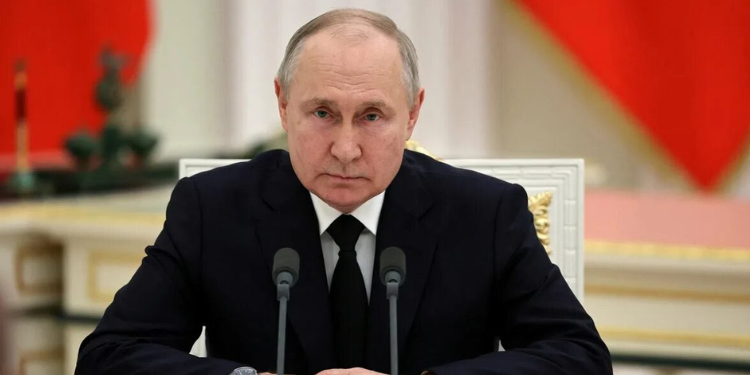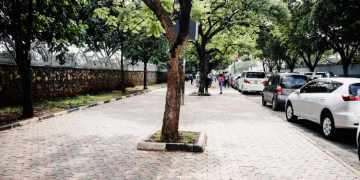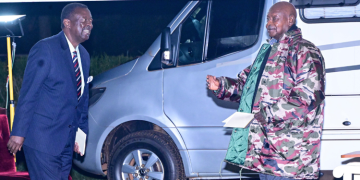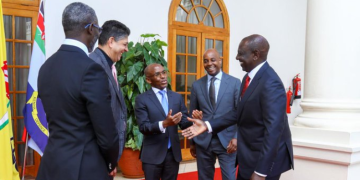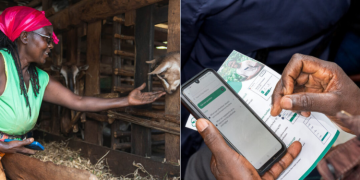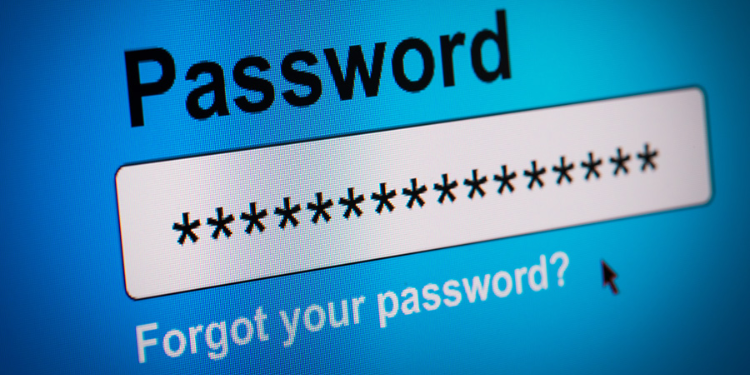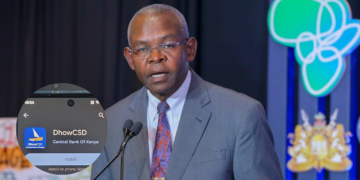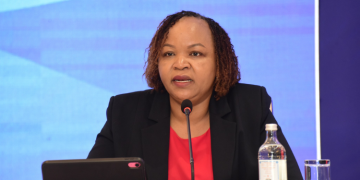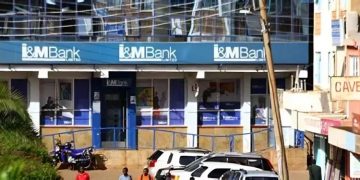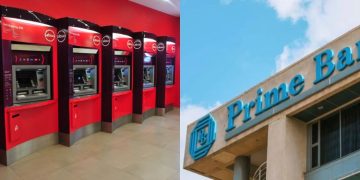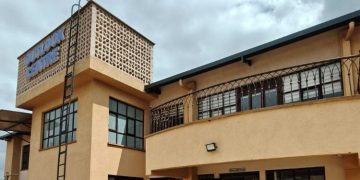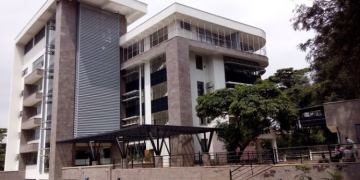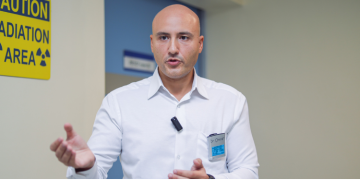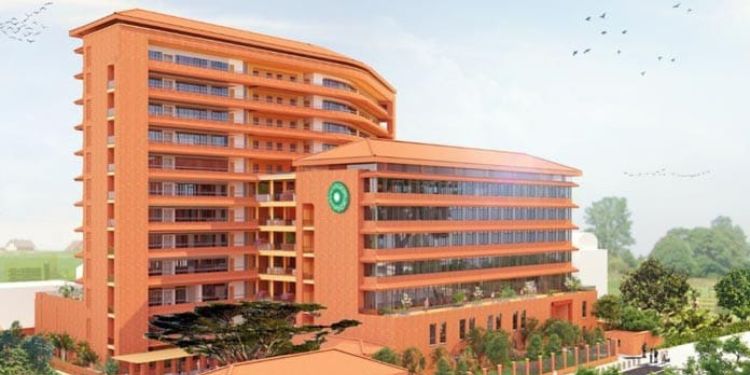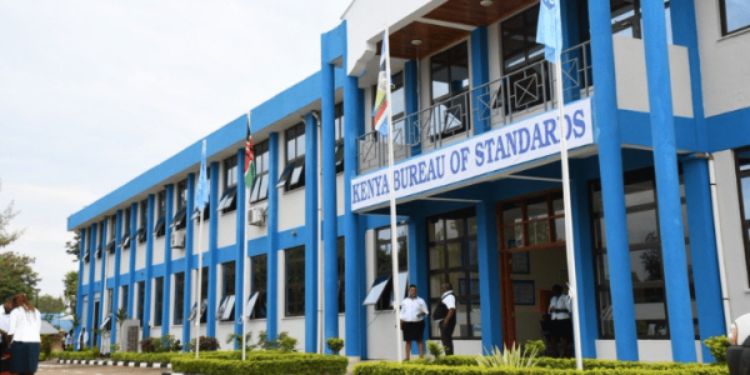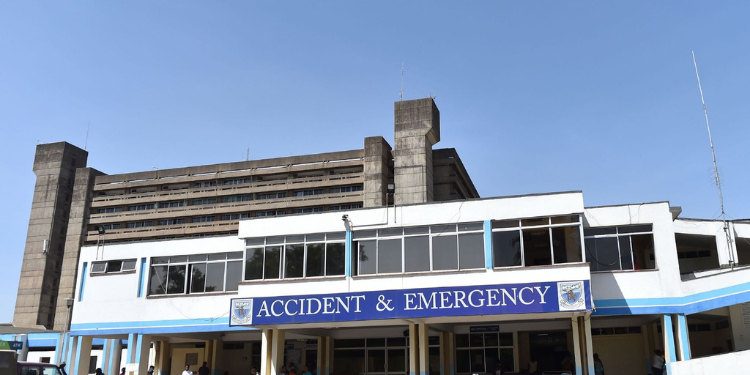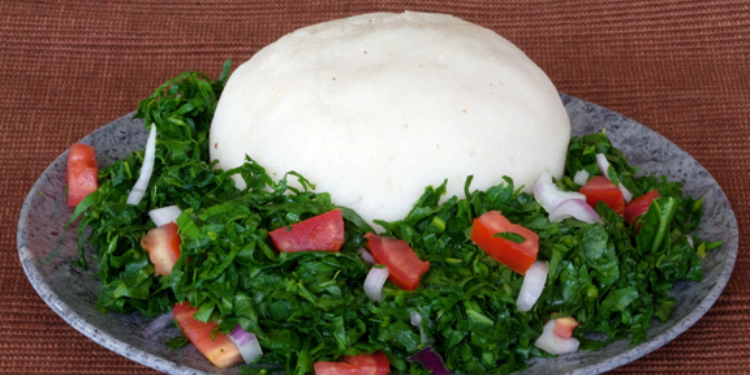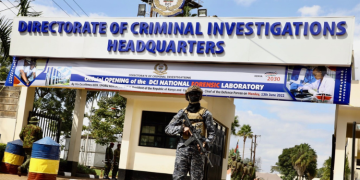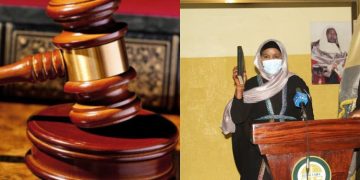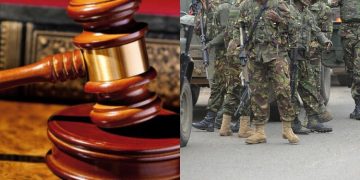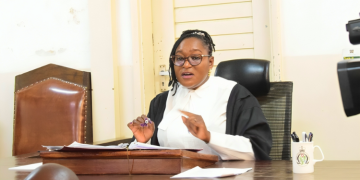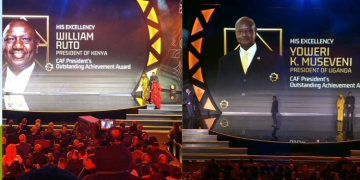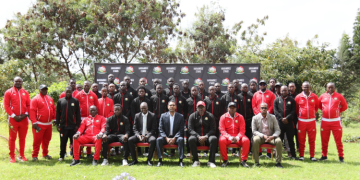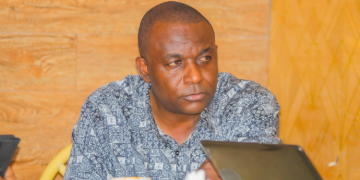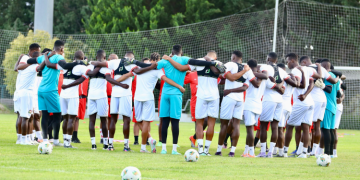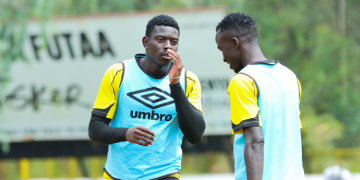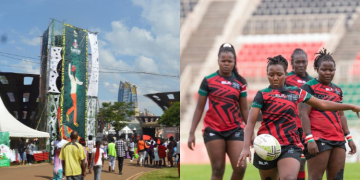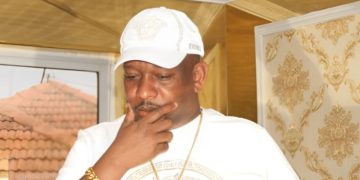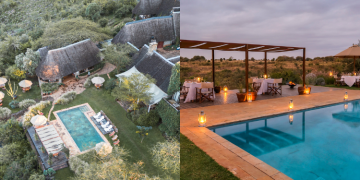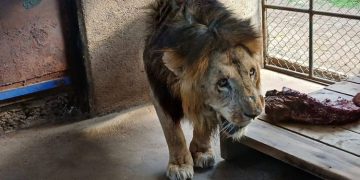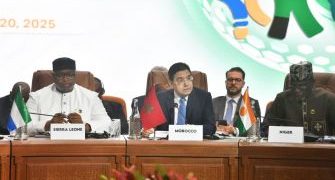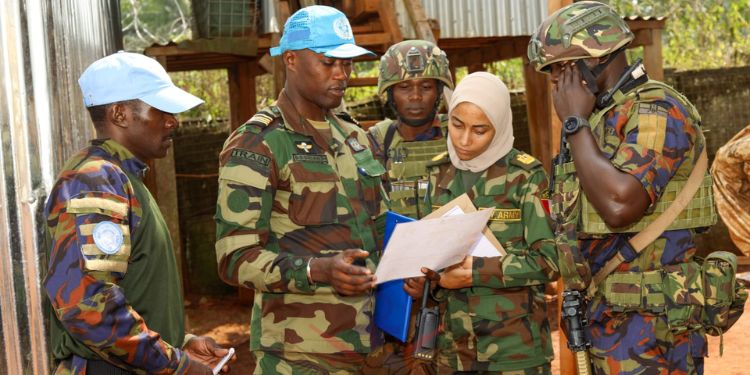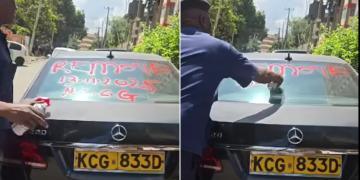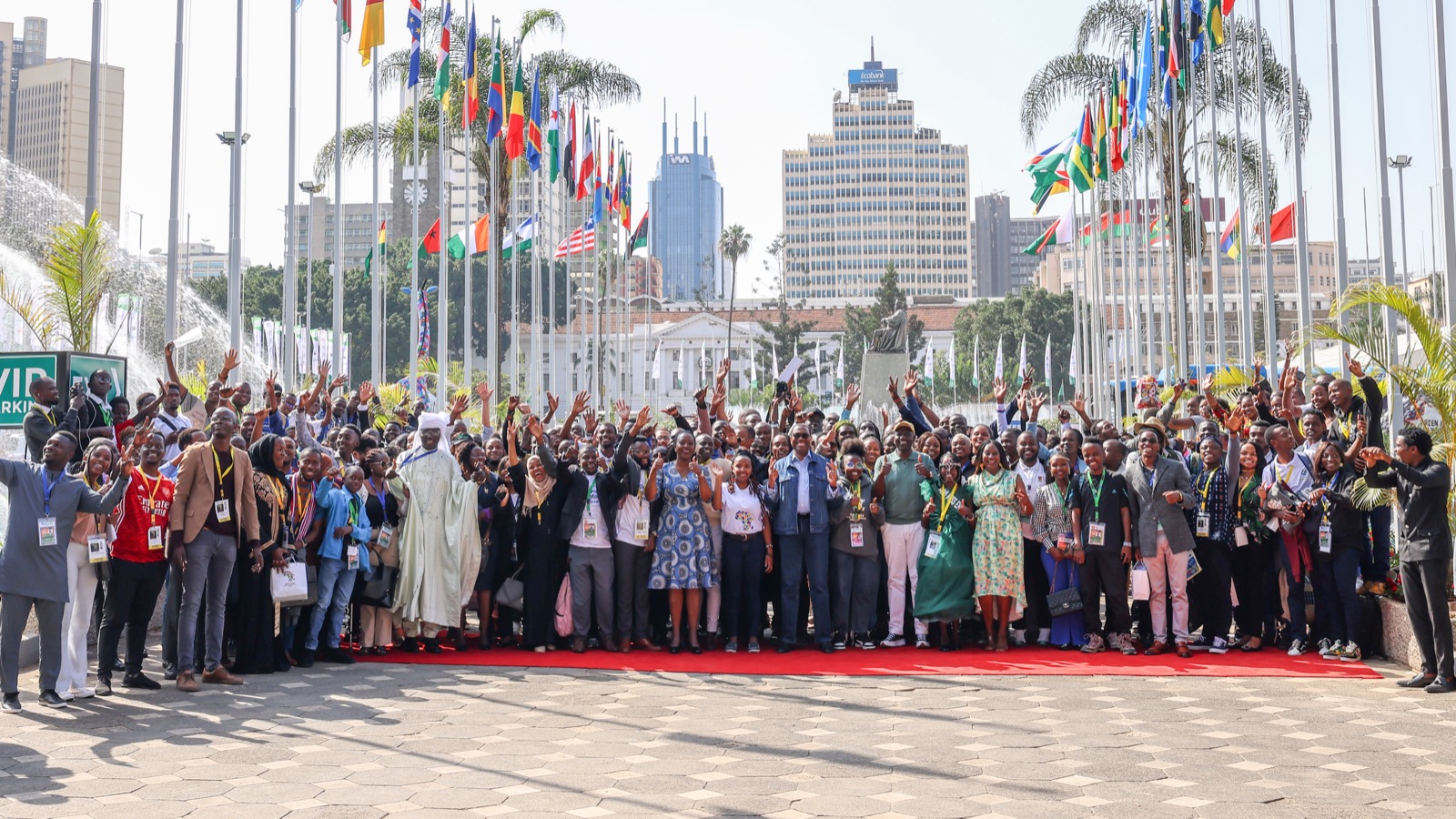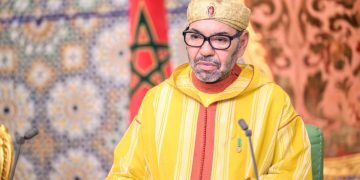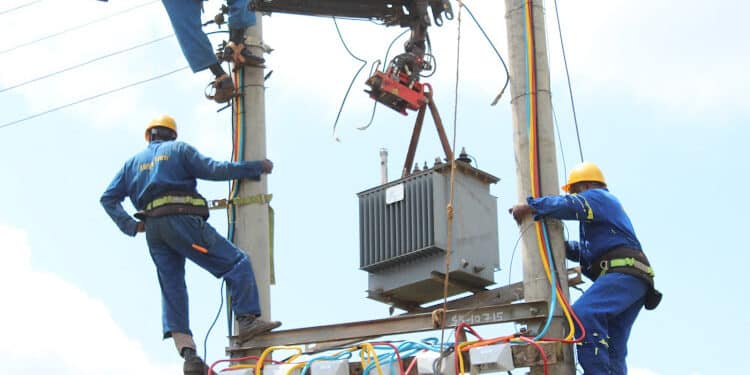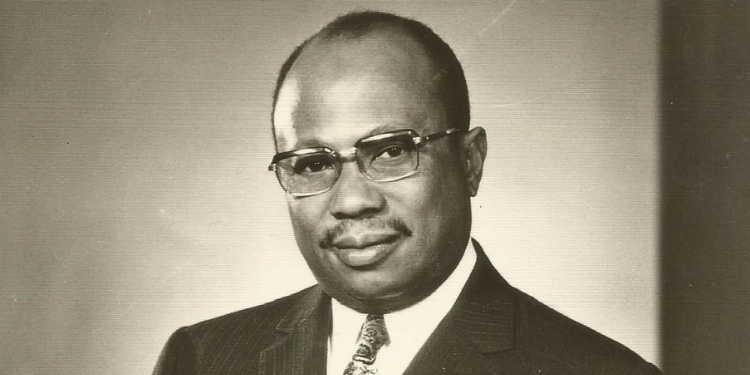On April 12, 1980, Liberia’s President William Tolbert was killed in the Executive Mansion. His death came shortly after he was overthrown as President of Liberia in a violent military coup, marking a pivotal turning point in the country’s leadership.
A group of 17 soldiers from the Armed Forces of Liberia, led by 29-year-old Master Sergeant Samuel Kanyon Doe, reportedly carried out the coup.
The coup reportedly occurred on the morning of April 12, 1980, when a group of soldiers stormed the Executive Mansion in Monrovia, capturing and killing President Tolbert. President William Tolbert was reportedly shot three times in the head by soldiers who broke into the palace at around 1 a.m.
After the coup, Tolbert’s body was buried in a mass grave with other victims.
Liberia’s President William Tolbert Brutally Murdered
In the wake of the coup, Doe arrested 13 members of Tolbert’s Cabinet, further destabilizing the existing political structure.
Following his takeover, Samuel Doe positioned himself as the de facto leader of Liberia. He established the People’s Redemption Council (PRC) and quickly moved to consolidate his power.
Just days after seizing control, Doe ordered the execution of the 13 Cabinet members, who were publicly executed on a beach near the Barclay Training Center in Monrovia.
These executions were carried out without legal representation or the right to appeal.
Also Read: Today in History: When a Pope Survived After Being Shot Multiple Times
The cabinet members were executed because they were viewed as key figures of the Americo-Liberian elite, who had governed Liberia for over a century.
They were also blamed for policies that favored the minority group (Americo-Liberian elite) while neglecting the grievances of indigenous Liberians, who were the majority.
The coup was motivated by Samuel Doe and other soldiers who were dissatisfied with President Tolbert’s government.
Tolbert had been in power since 1971 and faced growing dissatisfaction among the indigenous Liberian population due to systemic inequalities that benefited the Americo-Liberian elite.
Why Samuel Doe Initiated a Military Coup
For over a century, Liberia had been ruled by the Americo-Liberians, descendants of freed African-American slaves who settled there in the 19th century. They maintained control over the political, economic, and social institutions, often excluding the indigenous majority from meaningful participation.
The Americo-Liberian elite also owned most of the land and businesses and held many government positions, while indigenous Liberians experienced systemic marginalization.
Also Read: Today in History: When Kibaki’s Govt Raided the Standard Group
Tensions rose after the 1979 rice riots, where the government violently responded to protests against higher rice prices, resulting in many deaths. In response, Tolbert banned the Progressive Alliance of Liberia (PAL), a political party that represented the indigenous majority, and accused its leaders of treason.
The coup ended 133 years of Americo-Liberian political dominance, shifting power to the indigenous majority.
However, years later, Samuel Doe faced a fate similar to that of his predecessor. After ruling Liberia with an authoritarian approach characterized by ethnic favoritism and repression, Doe encountered mounting opposition and civil unrest.
In 1989, Charles Taylor’s rebel forces invaded Liberia, and in September 1990, Doe was captured, tortured, and publicly executed by Prince Johnson’s rebel faction. His torture was captured on camera, and later the footage was shared worldwide.
Follow our WhatsApp Channel and X Account for real-time news updates.
